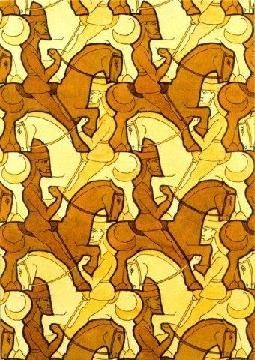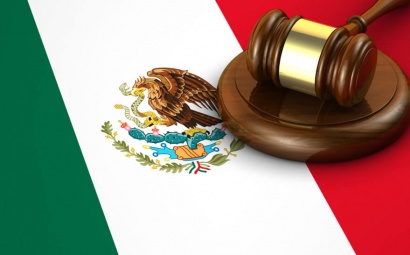 We denominate natural system to that related set of elements that arises as a property of nature.
We denominate natural system to that related set of elements that arises as a property of nature.
Set of elements that relate to nature
Both from the point of view proposed by the essentialism (philosophical doctrine that maintains that the existence proceeds from the essence) and the nominalism (philosophical current that affirms that everything that exists are particular), a taxonomy (the science that organizes living organisms in a system commanded by a hierarchy of taxa), is in a position to be considered as an authentic natural system.
While nominalism maintains that a classification of living beings is natural when it manifests the pattern of similarities observed in nature itself, essentialism contradicts it by saying that the classification will be natural when it reveals real natural groups and not a mere coincidence of similarities. That is, nominalism attributes the naturalness or not to a certain system based on the perception of the human being who contemplates it and not by nature itself and this then is the main difference that opposes nominalism with essentialism.
Classification: common ancestry
With the advent of evolutionism and his later triumph, the naturalness of the classifications was based on the common ancestry and thus, in this way, is that the natural system was transformed into the phylogenetic tree.
The phylogenetic tree is a tree that demonstrates the evolutionary linkages between various species or other entities that are considered to have a common ancestor.
Also this tree is used to determine the minimum number of divisions necessary to achieve a given cell. For example, from this point it is possible to study the mutations that occur throughout the process.
These trees are composed taking into consideration the biological evolution that is supported by the evidence that all organisms descend from a common ancestor. In this way it is verified that all organisms, living or dead, are related at some level.
For its preparation, information is used that comes from fossils and not from people, as is the case in family trees. And also the molecular and anatomical comparison is used.
The relationship in these trees is between species and not between people.
The other side: the artificial system
As a consequence, the antithesis, the opposite of the natural system, will be the artificial system, in which the membership of the components to such a system will depend on an artificial criterion that has been adopted after a convention.
An artificial classification system is known as that related organization of elements in which the membership of each of these components to different classes will depend on a decision that is taken by convention and arbitrarily.
One of the most emblematic examples of this type of system is the way of classifying flowers.
Undoubtedly the most popular artificial system is Systema Naturae, a work published by the Swedish naturalist Carlos Linnaeus in 1735.
In this very relevant work, 23 classes of flowering plants are identified and separated following certain criteria such as: the sexes of the flowers in question, the number, the length of the stamens (the male floral sexual organs), among others.
And there was a class 24 that grouped plants without flowers, which included algae, mosses, ferns, fungi, among other types, and those plants with rare flowers such as corals.
In the classification of the plant kingdom, Linnaeus, followed a slanted system in sexual matters, that is, species with the same number of male sexual organs would be placed in the same group.









